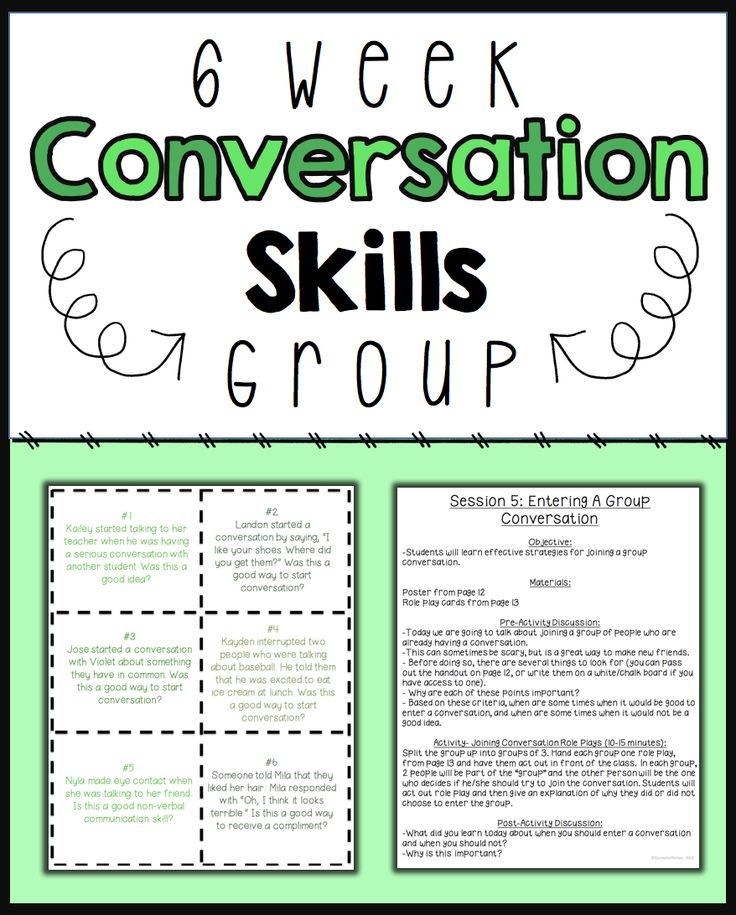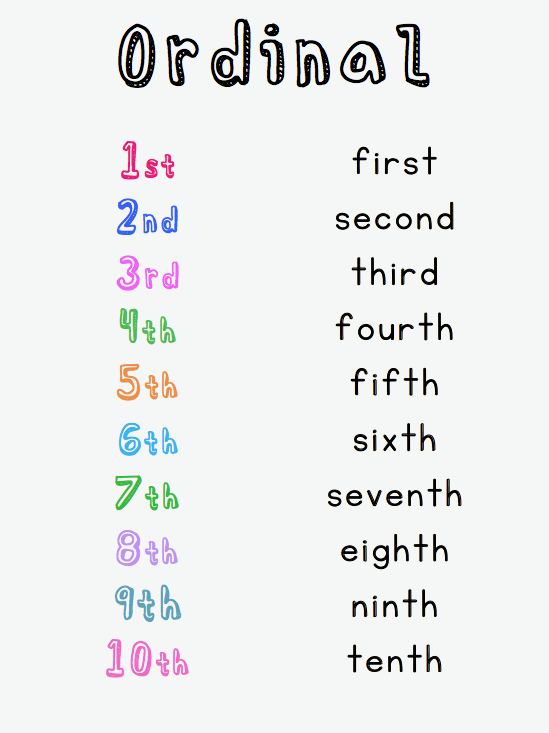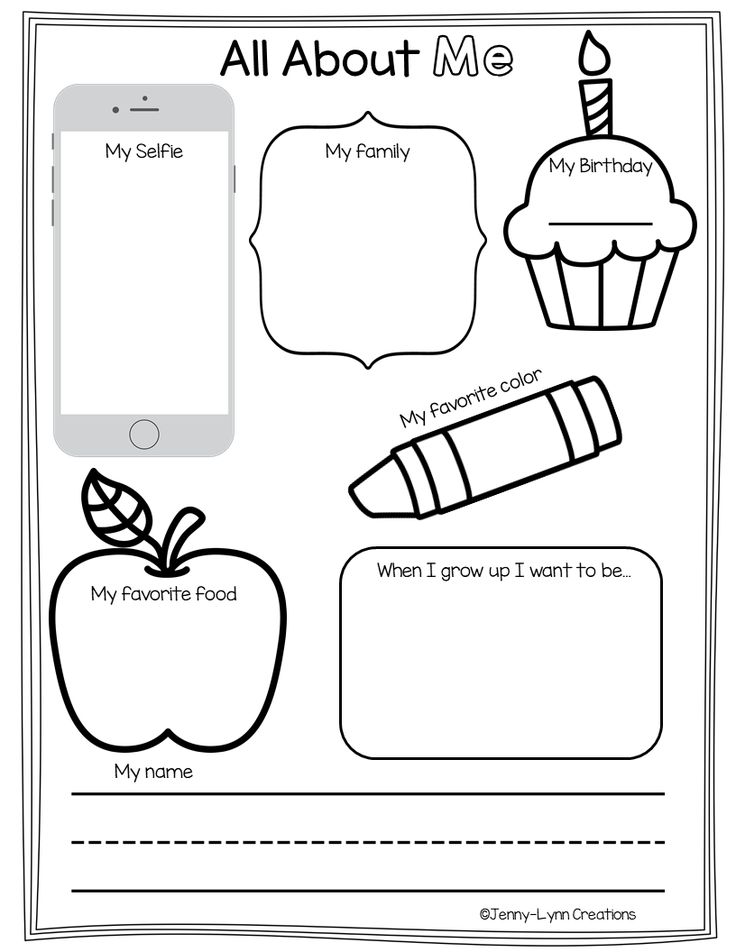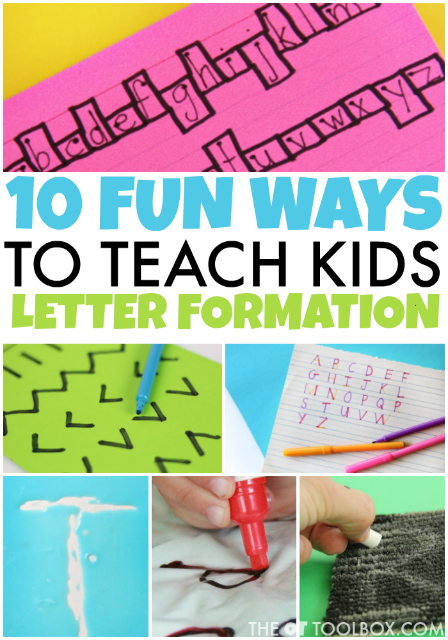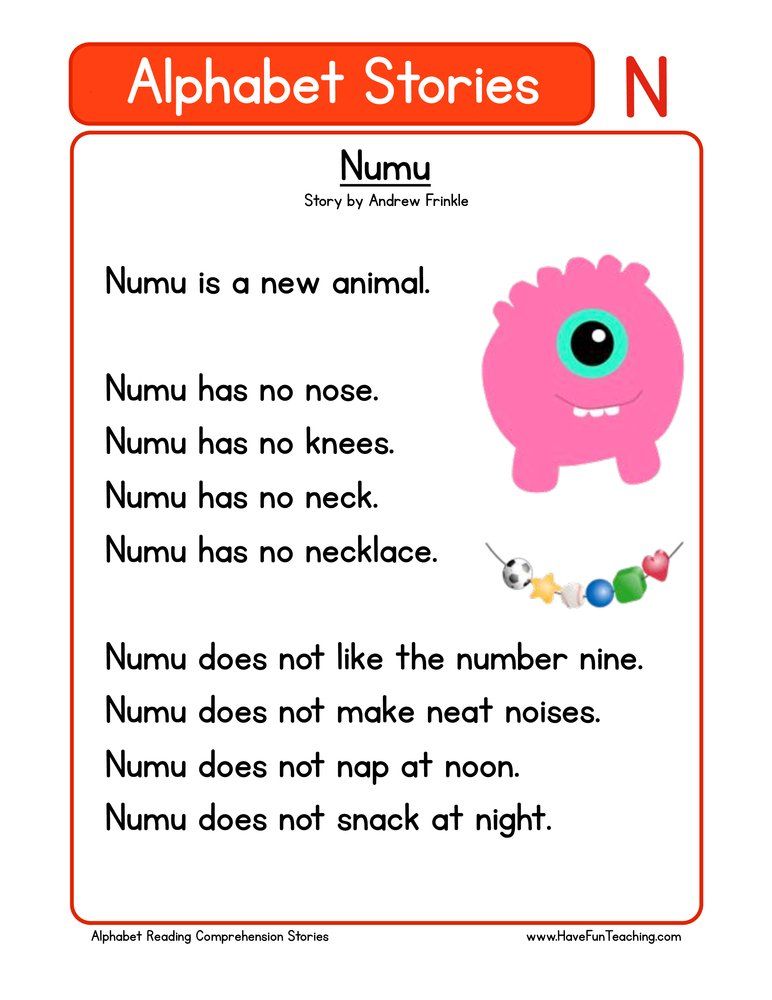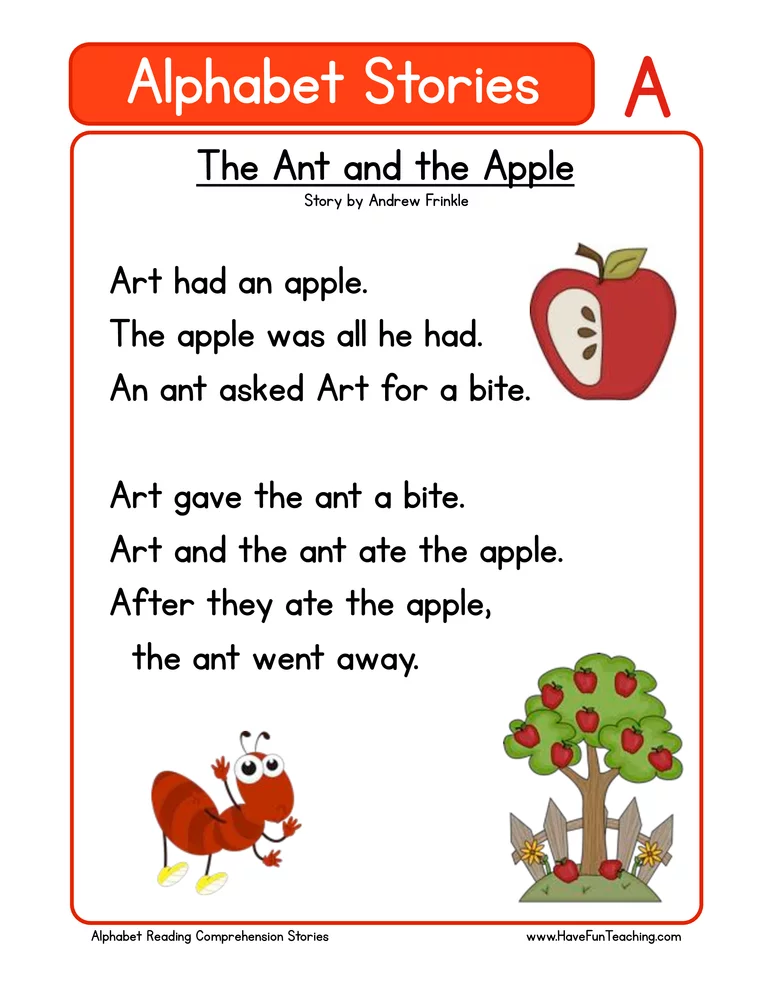Teaching social skills
9 Ways to Teach Social Skills in Your Classroom
Research and experience has told us that having social skills is essential for success in life. Inclusive teachers have always taught, provided and reinforced the use of good social skills in order to include and accommodate for the wide range of students in the classroom.
Essentially, inclusive classrooms are representations of the real world where people of all backgrounds and abilities co-exsist. In fact, there are school disctricts with curriculum specifically for social and emotional development.
Here are some ways in which you can create a more inclusive classroom and support social skill development in your students:
1. Model manners
If you expect your students to learn and display good social skills, then you need to lead by example. A teacher's welcoming and positive attitude sets the tone of behaivor between the students. They learn how to intereact with one another and value individuals. For example, teachers who expect students to use "inside voices" shouldn't be yelling at the class to get their attention.
In other words, practice what you preach.
2. Assign classroom jobs
Assigning classroom jobs to students provides opportunties to demonstrate responsibility, teamwork and leadership. Jobs such as handing out papers, taking attendance, and being a line-leader can highlight a student's strengths and in turn, build confidence. It also helps alleviate your workload! Teachers often rotate class jobs on a weekly or monthly basis, ensuring that every student has an opportunity to participate. Check out this list of classroom jobs for some ideas!
3. Role-play social situations
As any teacher knows, it's important to not only teach the students a concept or lesson but then give them a chance to practice what they have learned. For example, if we teach students how to multiply, then we often provide a worksheet or activity for the students to show us their understanding of mulitiplication. The same holds true for teaching social skills. We need to provide students with opportunities to learn and practice their social skills.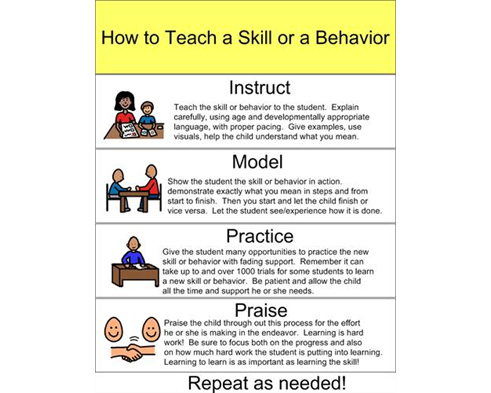 An effective method of practice is through role-playing. Teachers can provide structured scenarios in which the students can act out and offer immediate feedback. For more information on how to set-up and support effective role-playing in your classroom have a look at this resource from Learn Alberta.
An effective method of practice is through role-playing. Teachers can provide structured scenarios in which the students can act out and offer immediate feedback. For more information on how to set-up and support effective role-playing in your classroom have a look at this resource from Learn Alberta.
4. Pen-pals
For years, I arranged for my students to become pen-pals with kids from another school. This activity was a favorite of mine on many different academic levels; most importantly it taught students how to demonstrate social skills through written communication. Particularly valuable for introverted personalities, writing letters gave students time to collect their thoughts. It levelled the playing field for students who had special needs or were non-verbal. I was also able to provide structured sentence frames in which the kids held polite conversation with their pen-pal. Setting up a pen-pal program in your classroom takes some preparation before the letter writing begins.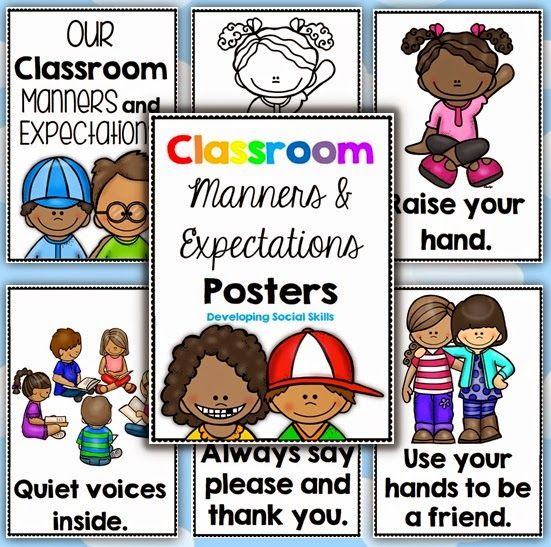 You want to ensure that students have guidelines for content and personal safety. This article, Pen Pals in the 21st Century, from Edutopia will give you some ideas!
You want to ensure that students have guidelines for content and personal safety. This article, Pen Pals in the 21st Century, from Edutopia will give you some ideas!
5. Large and small group activities
In addition to the academic benefits, large and small group activities can give students an opportunity to develop social skills such as teamwork, goal-setting and responsibility. Students are often assigned roles to uphold within the group such as Reporter, Scribe, or Time-Keeper. Sometimes these groups are self-determined and sometimes they are pre-arranged. Used selectively, group work can also help quieter students connect with others, appeals to extroverts, and reinforces respectful behavior. Examples of large group activities are group discussions, group projects and games. Smaller group activities can be used for more detailed assignments or activities. For suggestions on how to use grouping within your classroom, check out this article, Instructional Grouping in the Classroom.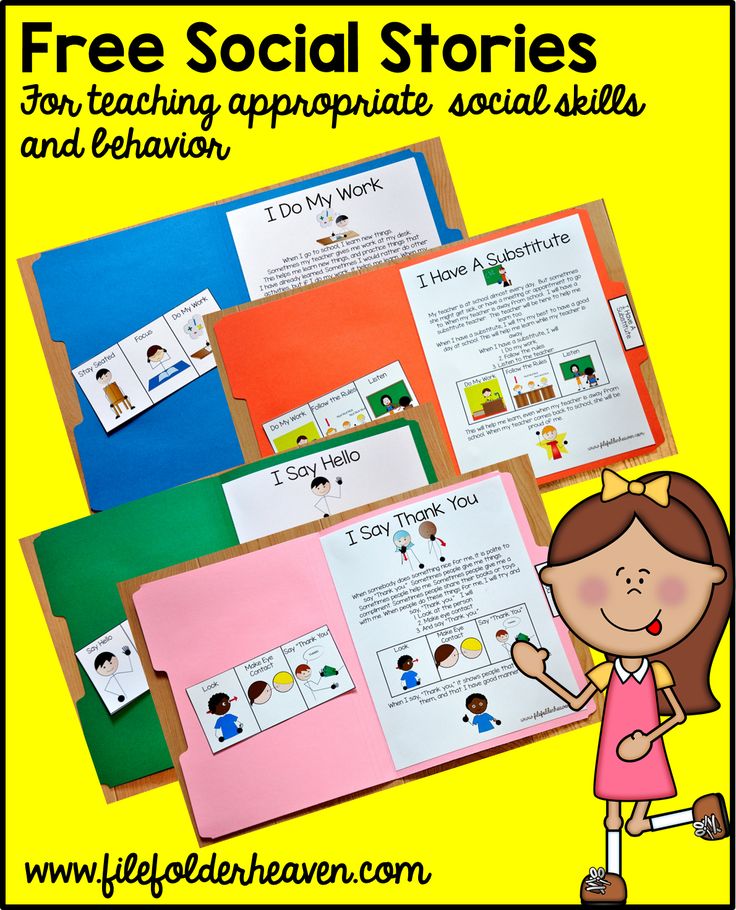
6. Big buddies
We know that learning to interact with peers is a very important social skill. It is just as important to learn how to interact with others who may be younger or older. The Big Buddy system is a great way for students to learn how to communicate with and respect different age groups. Often an older class will pair up with a younger class for an art project, reading time or games. Again, this type of activity needs to be pre-planned and carefully designed with student's strengths and interests in mind. Usually, classroom teachers meet ahead of time to create pairings of students and to prepare a structured activity. There is also time set aside for the teacher to set guidelines for interaction and ideas for conversation topics. Entire schools have also implemented buddy programs to enrich their student's lives. Here is an article that offers tips on how to start a reading buddy program.
7. Class stories
There are dozens of stories for kids that teach social skills in direct or inadvertant ways.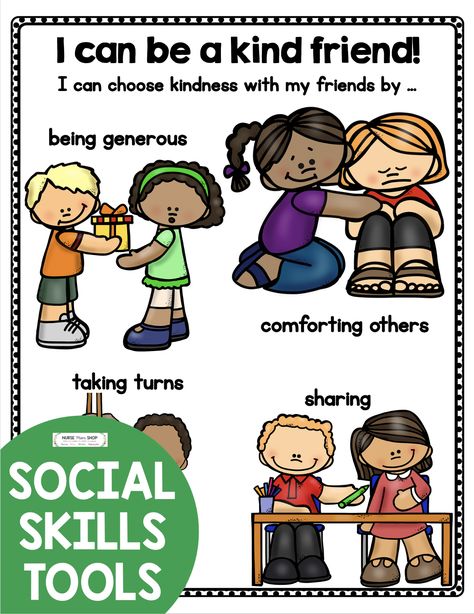 Find strategies to incoporate these stories in your class programs. You can set aside some time each day to read-aloud a story to the entire class or use a story to teach a lesson. Better yet, have your class write their own stories with characters who display certain character traits.
Find strategies to incoporate these stories in your class programs. You can set aside some time each day to read-aloud a story to the entire class or use a story to teach a lesson. Better yet, have your class write their own stories with characters who display certain character traits.
8. Class meeting
Class Meetings are a wonderful way to teach students how to be diplomatic, show leadership, solve problems and take responsibility. They are usually held weekly and are a time for students to discuss current classroom events and issues. Successful and productive meetings involve discussions centered around classroom concerns and not individual problems. In addition, it reinforces the value that each person brings to the class. Before a class meeting, teachers can provide the students with group guidelines for behavior, prompts, and sentence frames to facilitate meaningful conversation. Here is a great article, Class Meetings: A Democratic Approach to Classroom Management, from Education World that describes the purpose and attributes of a class meeting.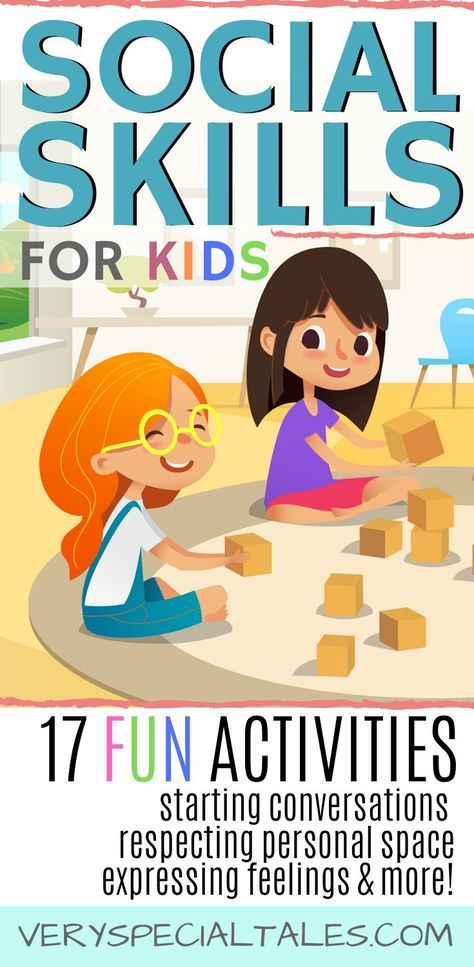
9. Explicit instruction
Finally, teachers can carve out a time in their curriculum to directly teach social skills to their students. Research-based programs such as Second Step provide teachers and schools with explicit lessons for social development. These programs can provide schools and classrooms with a common language, set of behavior expectations, and goals for the future. I have used programs such as Second Step in my classrooms with much success!
Nicole Eredics is an educator who specializes in the inclusion of students with disabilities in the general education classroom. She draws upon her years of experience as a full inclusion teacher to write, speak, and consult on the topic of inclusive education to various national and international organizations. She specializes in giving practical and easy-to-use solutions for inclusion. Nicole is creator of The Inclusive Class blog and author of a new guidebook for teachers and parents called, Inclusion in Action: Practical Strategies to Modify Your Curriculum.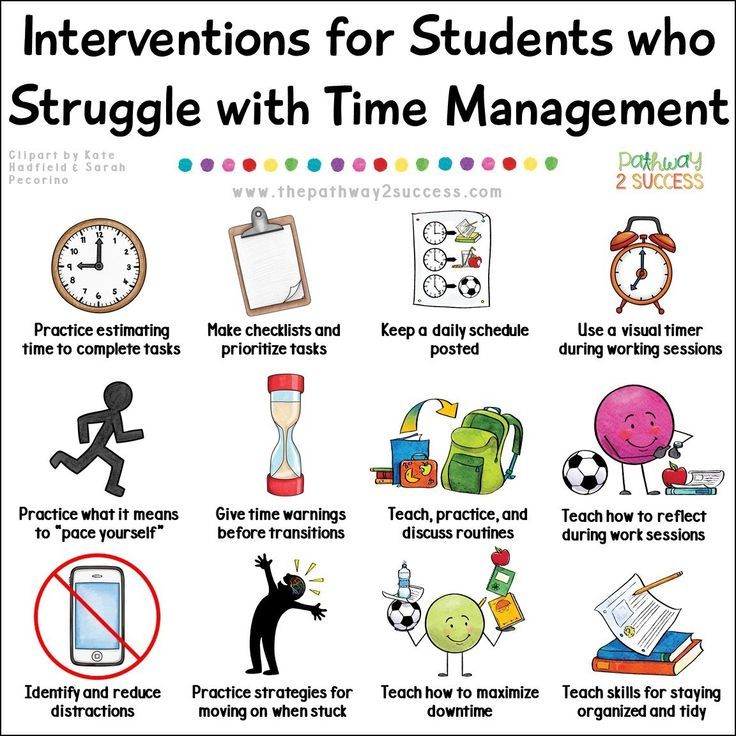 For more information about Nicole and all her work, visit her website.
For more information about Nicole and all her work, visit her website.
Related Topics
Social and Emotional Learning
How to Teach Social Skills, Step by Step
Seating students together is not enough to ensure teamwork. Many kids have very little idea how to interact appropriately with their classmates. They simply lack the social skills needed to perform the most basic cooperative learning tasks. Lack of social skills is probably the biggest factor contributing to lack of academic success in teams. Fortunately, social skills can be taught just like academic skills. If you use a systematic approach like the one described below, you’ll find that your students CAN learn how to interact appropriately and become productive team members.
Listen to the Podcast: How to Teach Social Skills for Working Together
For more information about how to teach social skills, listen to Episode 7 of my Inspired Teaching Made Easy podcast below.
Six Step Process for Teaching Social Skills
1.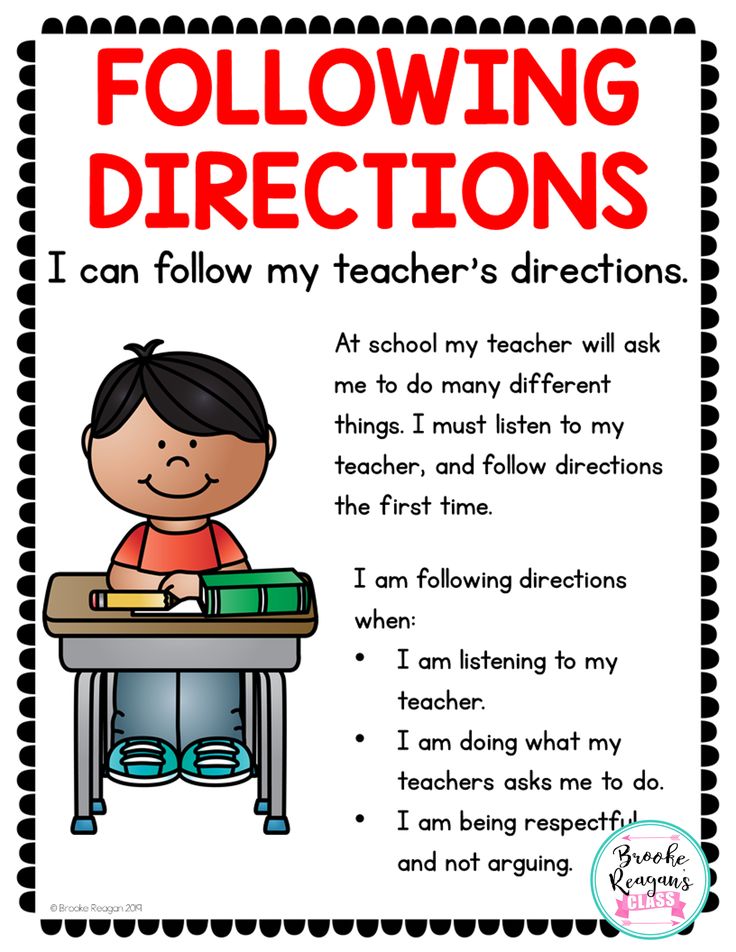 Discuss the Need for Social Skills
Discuss the Need for Social Skills
Before you can help students improve their social skills, they need to understand why these skills are important. You might begin by asking your students to think about problems they may have experienced when working in groups, such as team members not listening to each other or not taking turns. Explain that most of these problems are caused by poor “social skills,” sometimes known as “people skills.” You might even mention that sometimes adults need to work on their social skills, too! Brainstorm a list of social skills that might make it easier for students to work together in teams. If they can’t think of any social skills for working together, share some of the suggestions from the list below.
2. Select a Social Skill
Even though your students may need to work on several different social skills, it’s best to focus on just one skill at a time. You can start with the skill you feel is most important, or you can let your class decide which skill they need to work on at a given time.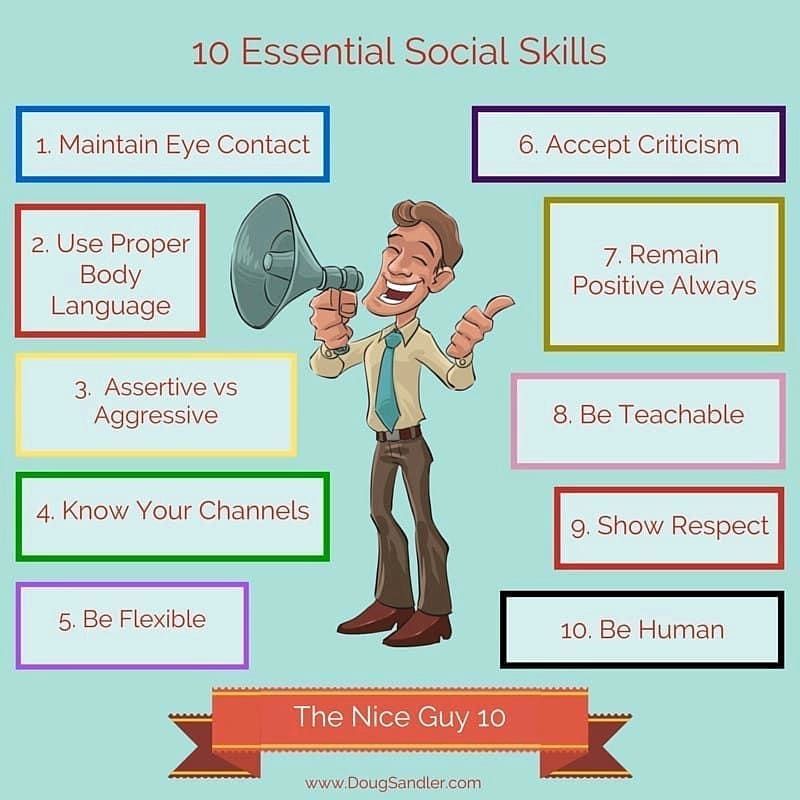 I like to start with “Praising,” which might also be stated as “Showing Appreciation,” because when kids master this skill, all of the other skills are easier to learn.
I like to start with “Praising,” which might also be stated as “Showing Appreciation,” because when kids master this skill, all of the other skills are easier to learn.
3. Teach the Social Skill
Step 3 is to teach the skill explicitly so that your students know exactly what to do and what to say in order to master the social skill. For this part of the lesson, you can use the Working Together Skills T-chart below by projecting it on a whiteboard or drawing it on anchor chart paper.
Write the name of the social skill in the box at the top of the Working Together Skills chart. Then ask your students to help you brainstorm what they might do and what they might say when demonstrating the social skill. Write what they might DO under the Looks Like heading because this is what the skill looks like when it is demonstrated. Write the words they might SAY under the Sounds Like heading because this is what the skill might sound like to someone who is observing the activity.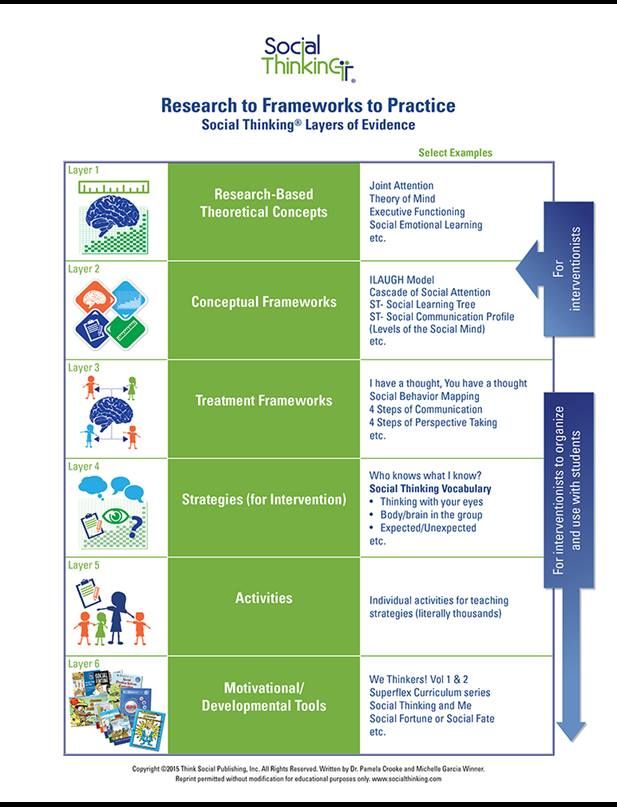
Examples for the social skill of Praising:
Looks Like: Thumbs up, Clapping, Smiling
Sounds Like: Terrific! I knew you could do it! Way to go! I like the way you…
4. Practice the Skill
After you complete the Working Together Skills chart with your students, it’s important to have them practice the skill right away by participating in a structured cooperative learning activity. For example, if you taught Active Listening as the social skill, you might follow up with a team discussion activity in which students take turns answering questions or sharing ideas around the team. Here a a few suggestions for cooperative learning structures you can use to practice specific social skills:
Social Skills and Cooperative Learning Structures
| Social Skills | Structures for Practice* |
| Active Listening | Roundrobin, Think-Pair-Share, Mix-Freeze-Pair |
| Praising | Rallytable, Roundtable, Pairs Check, Showdown |
| Taking Turns | Rallytable, Pairs Check, Roundtable |
| Using Quiet Voices | Think-Pair-Share, Numbered Heads Together, Showdown |
| Staying on Task | Rallytable, Roundtable, Pairs Check, Showdown, Mix-N-Match |
| Helping or Coaching | Rallytable, Pairs Check, Showdown, Mix-N-Match |
| Using Names | Mix-N-Match, Mix-Freeze-Pair, Showdown |
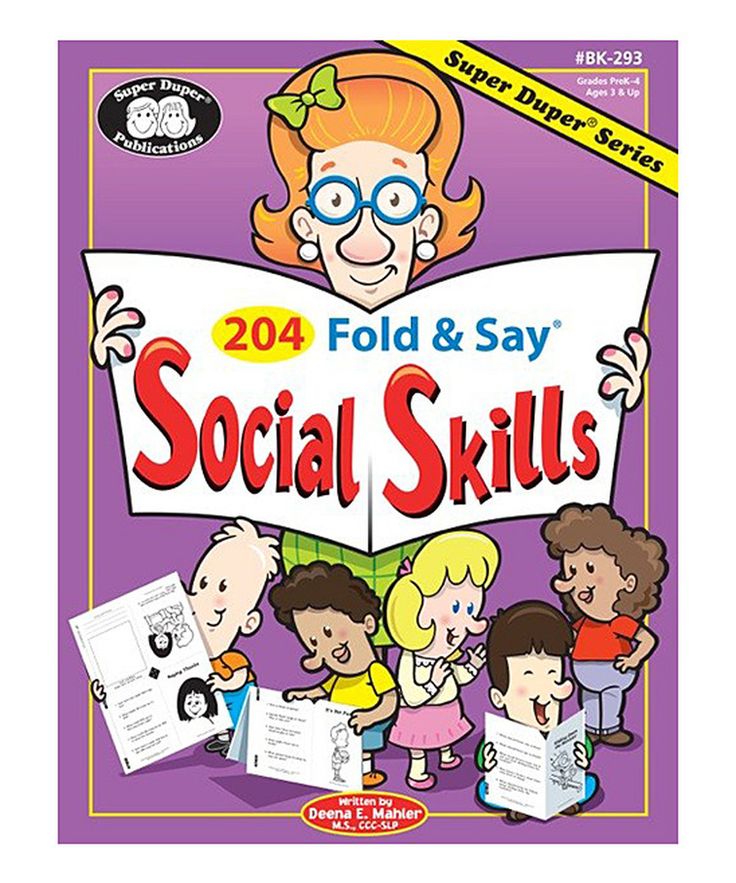 Spencer Kagan’s book, Cooperative Learning. Spencer Kagan’s book, Cooperative Learning. | |
5. Pause and Reflect
Sometime during the practice activity, use an attention signal to stop the class. Ask them to think about how they’ve been using the social skill. If you have observed teams or individuals doing a good job with the skill, share your observations with the class. Challenge students to continue to work on their use of the social skill as they complete the activity. Refer to your Working Together Skills T-chart if students have forgotten what the skill Looks Like and Sounds Like.
6. Review and Reflect
At the end of the activity, reflect again on how well the social skills were used. Take a few minutes to discuss the positive interactions that were happening, and aspects of the social skill that still need work. This is a also a perfect opportunity for personal journal writing and reflections. Consider these writing prompts:
- How well was the social skill being used on your team? What specific examples do you remember?
- How did you personally use the social skill? What did you do and/or say? To whom?
- How might you improve in using this skill next time?
By the way, it’s not necessary to follow all six steps every time you teach a new social skill. The most important elements are explicitly teaching of the skill and immediately following the instruction with a cooperative activity to practice the skill. The reflection steps are important and should be included as often as possible, too.
The most important elements are explicitly teaching of the skill and immediately following the instruction with a cooperative activity to practice the skill. The reflection steps are important and should be included as often as possible, too.
Modification for Younger Students
Younger students or special needs students could benefit from watching an excellent video created by Model Me Kids called Time for School. This video shows students exactly how to perform specific social skills. Even if you don’t use the video with your students, you might be interested in viewing it yourself to see how social skills can be broken down into steps and taught. If the video is appropriate for your students, they could watch it before completing the Working Together Skills chart above.
Social Skills
PROGRAM DESCRIPTION
The Psychological Program "Social Skills" is designed to teach social behavior in a safe and friendly environment.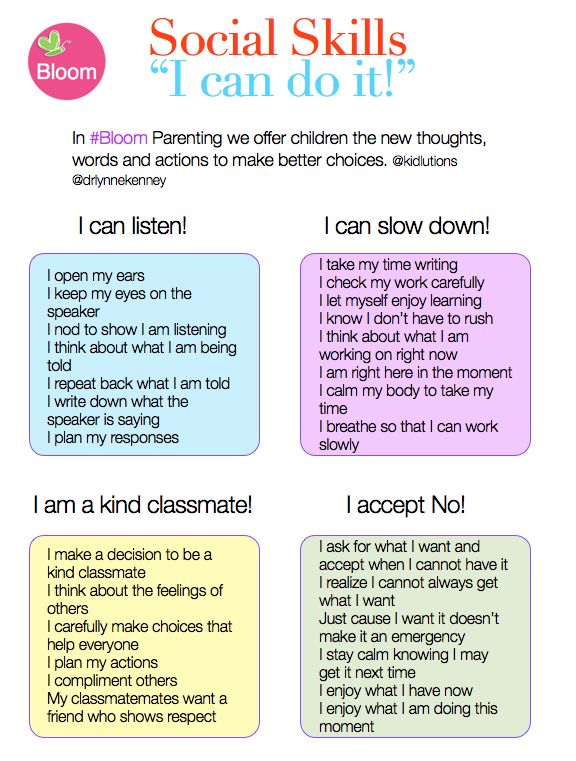 At each group meeting, children are offered a role model and activities to practice skills. The approach is based on structured learning, a holistic teaching method that provides a framework for systematic learning of skills, similar to academic ones. The emphasis is on providing alternative behaviors to improve the effectiveness of social interactions. The curriculum is based on Michelle Garcia Winner's "Think Social: A Social Thinking Curriculum for School-Age Students" and includes structured activities to address real socialization issues.
At each group meeting, children are offered a role model and activities to practice skills. The approach is based on structured learning, a holistic teaching method that provides a framework for systematic learning of skills, similar to academic ones. The emphasis is on providing alternative behaviors to improve the effectiveness of social interactions. The curriculum is based on Michelle Garcia Winner's "Think Social: A Social Thinking Curriculum for School-Age Students" and includes structured activities to address real socialization issues.
Our social skills training for teenagers has a wide range of benefits. Our social skills groups will help teenagers develop the following qualities:
1) Easier interaction with others
We understand how difficult it can be to interact with peers, especially during adolescence. Our social skills experts use proven techniques to help your child learn how to initiate and maintain conversations. Groups also help your teen read other people's reactions, body language, and attitudes.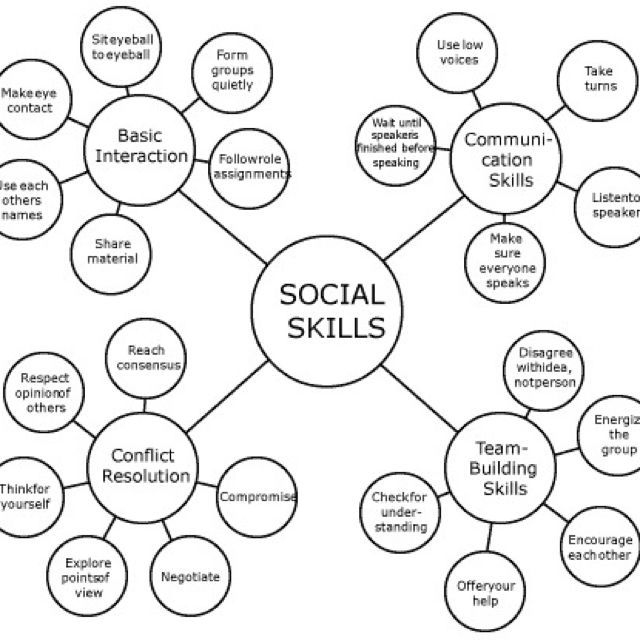
2) A sense of belonging
We devote the necessary time and effort to match each client with a group that matches their personality. Our team provides a safe space for your teenager, where his peers understand and unconditionally accept his feelings and emotions. And also thanks to the skills of how to cope with emotions and stress on their own.
3) Boosting Self-Confidence
At our center, coaches and group members always encourage each other to use their social skills in real life, whether at home, at school or with friends. We always want your teen to be confident in their ability to socialize and make friends. And also how to deal with your emotions in contact with others and one on one with yourself.
Group goals include :
- Making and supporting friends
- Dealing with environmental pressures (peer, teachers and family)
- Using self-control and following instructions.
- Think before you act
- Be able to listen and understand
- Accept rules and consequences
- Set goals
- Solve problems
- Work with feelings
- Acceptance
- Practice in real life situations
- Appropriate behavior modeling
- Communication and feedback
- Activities and games used to teach teamwork and build skills through collaborative activities
If you are interested, please contact your therapist at the Grigory Misyutin Psychological Center or the center administrator at
8 (906) 026-55-33 or leave a request and the curator of the program will contact you.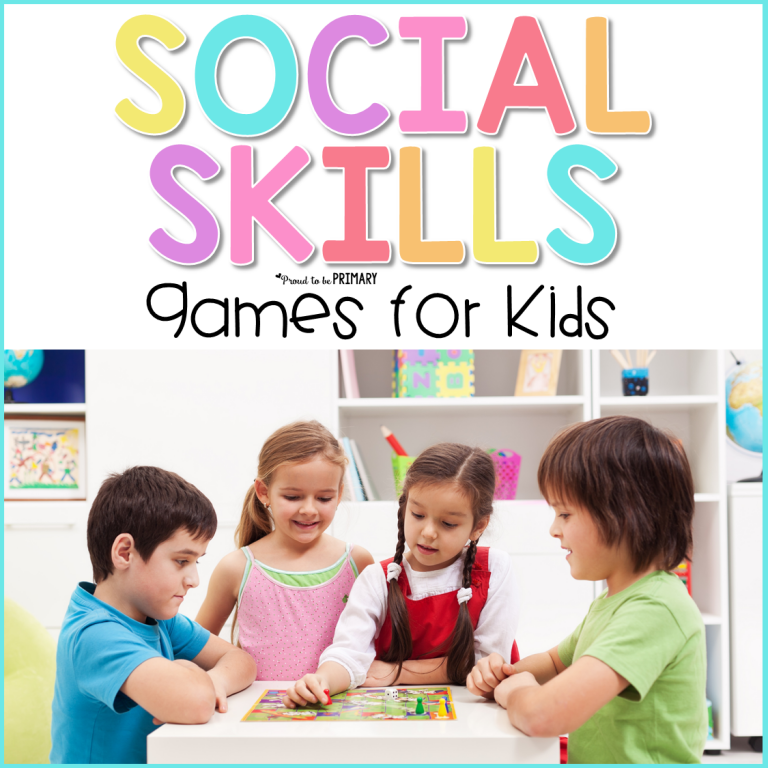
10 rules for success • Autism is
For many children with autism, appropriate and functional social and play skills are a major challenge. In order to ensure that your child succeeds when interacting with peers, it is important to consider the 10 recommendations below.
These rules apply to any social skills training program, but they can also be used by parents themselves to arrange meetings and games with peers in their homes. Of course, each social skills program should be individualized, depending on the strengths and needs of the individual child.
1. Identify the specific social skills you will be working on
The best way to select social skills for a program is to collect “baseline information”. Observe your child's social behavior with adults, with peers, and during independent play with toys in typical situations (for example, in the playground when another child is talking to him via video call, at home with a sibling, during a children's activity, etc.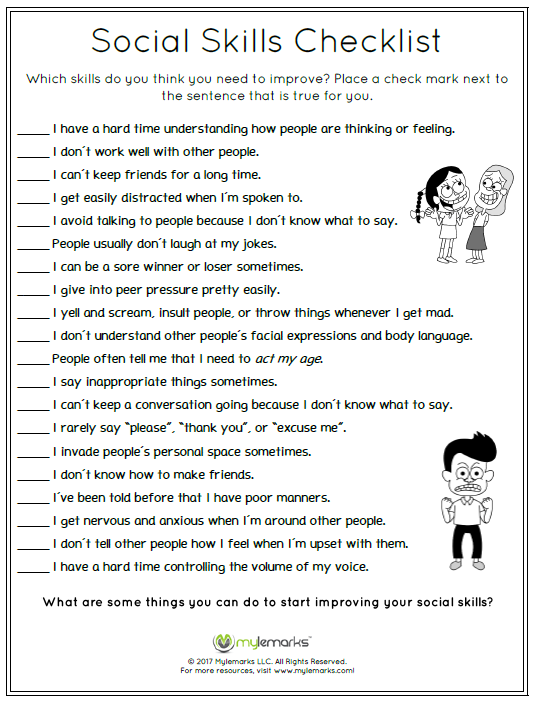 ) .
) .
What activities do children enjoy most when they are around other children? Can you think of a very small next goal for each of these activities? For example, teach a child to say “Hi” to other children and respond to their greeting? Or, if a child can say "Hi", how about if they can add the phrase "Let's play" and play the game on their tablet?
If a child can play on the tablet with another child, maybe he needs to learn to wait his turn while the other child plays? If so, how long does he need to learn to wait? Does he need to learn how to say "My turn" before taking the game for himself?
Make sure you understand what behavior is appropriate for your child's developmental level. It is important to expect from him what is the next step for this child personally, and not what children are “supposed” to do at this age (Chang & Shire, 2019).
Write a list of things the child often does on their own. Then make a list of potential "target skills" that he can be taught.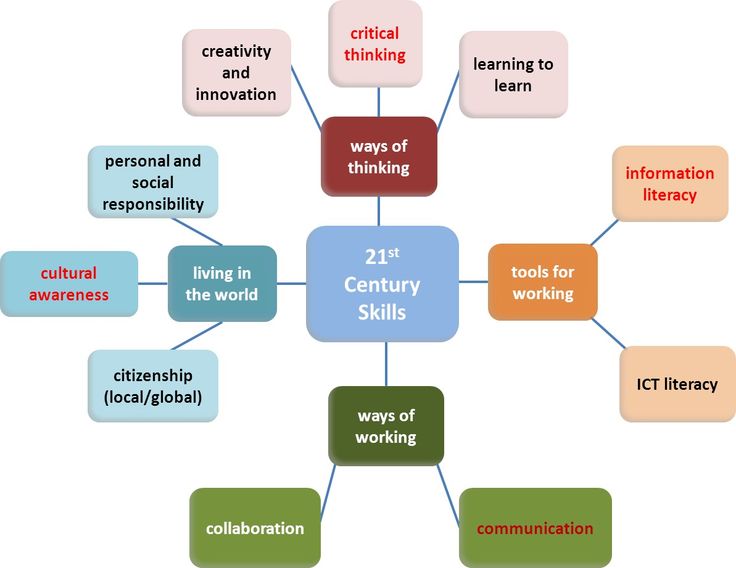 Check the easiest and most basic skills that can be taught first. For example, it can be a greeting, just stay and play next to a peer, throw the ball several times with another child.
Check the easiest and most basic skills that can be taught first. For example, it can be a greeting, just stay and play next to a peer, throw the ball several times with another child.
Once the simplest social skills are mastered, it will be possible to move on to more complex social skills (Barton et al., 2019). For example, it could be taking turns playing, adding new social phrases, engaging in a partially structured game, or playing by the rules.
Also note which activities and games the child enjoyed the most during the meeting with a peer. Choosing the most enjoyable activities for the child will allow him to develop his motivation for communicating with other children and a positive attitude towards joint games.
For strategies for teaching these minor social skills, it is best to consult a behavioral analyst, if possible. Perhaps, if you do not have the opportunity to hire a behavioral analyst in your area, you can find a behavioral specialist who consults and educates parents online.
Your best bet is to find a professional who can teach you the right strategies (parent education), who takes into account your child's strengths and preferences, and finds small steps to learn social skills that your child can practice regularly. A behavior analyst or other counselor can help you determine which target skills are best suited to your child's developmental level and whether other (prerequisite) skills need to be taught before moving on to teaching your chosen social skills.
2. Teach the target skills first with another adult
Make sure the child has plenty of opportunities to learn the target social skills with an adult. Only then can you arrange a meeting for him with a peer with whom he can try the same skills. As a general rule, social skills training always starts with a “lose” with an adult who knows the child’s education program and understands what to look for. An adult will be more predictable when interacting, he will encourage the desired reactions of the child and will adapt more to him than a peer.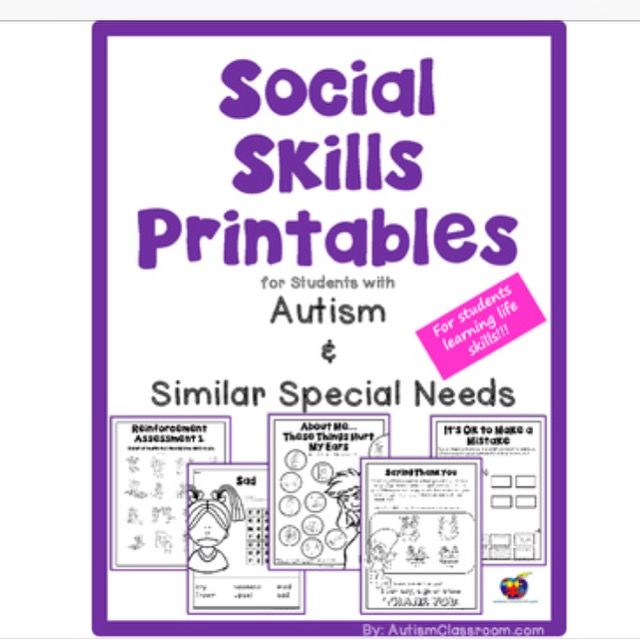
It is recommended that the adult who teaches the child should not act out social situations with the child himself, but, if possible, involve a second adult. For example, one parent teaches a child how to play with the other parent. The second parent plays the role of a peer and tries to behave during the game as a peer will behave.
In this case, the "training" adult will provide prompts and encouragement. And it will be enough for the second “substitute peer” adult to model the behavior characteristic of other children. Teaching with a team of two adults will be more effective for the child, as he will expect more natural behavior from communication partners.
Moreover, you can involve different adults in "training" games and communication. This will help to maintain and generalize the skills as the child gets used to showing them to different people.
It is very important for an autistic child to master basic social skills. It depends on how comfortable and confident he will feel with peers.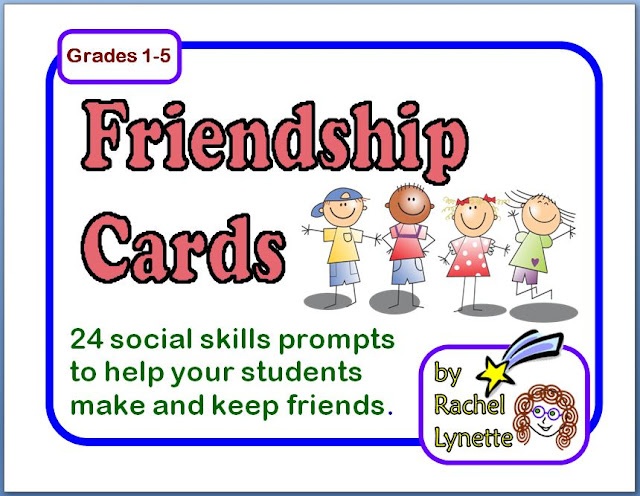 It will also reduce his negative emotions and allow you to work on more advanced social and play skills with your peers. It will also increase the chance that the organized meeting with a peer will become an encouragement for the child, and his motivation to play with other children will increase.
It will also reduce his negative emotions and allow you to work on more advanced social and play skills with your peers. It will also increase the chance that the organized meeting with a peer will become an encouragement for the child, and his motivation to play with other children will increase.
3. Carefully consider what peers your child might meet to socialize with.
Selecting another child to practice social skills is critical to the success of the education program. Ideally, developing social skills requires a peer who is enthusiastic, socially responsive, and understanding. In other words, this is a sociable child who will initiate the autistic child's response opportunities on his own, will respond kindly to interaction attempts on his part, and will be patient while the other child practices communication.
Peer responses should be a natural encouragement for an autistic child to attempt to communicate. So it is important that this child is able to respond positively to the autistic child, who will be helped to understand why communication is a value.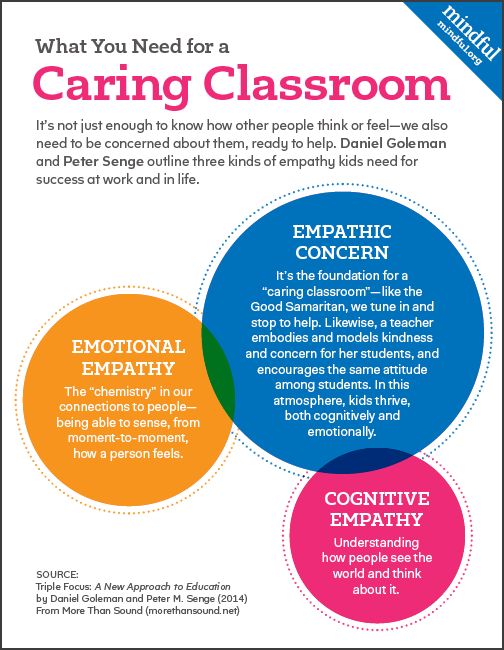
To find suitable peers, you can contact your child's teachers or other school or kindergarten staff, talk to parents of children living in the neighborhood, ask around in online support groups. You might be surprised how often parents look for peers to connect with their kids in neighbor groups or parent chats.
Describe your expectations as clearly and specifically as possible. For example, meetings for games several times a week / month, a peer will need to read from a script, some meetings will be by video link, and so on.
It may be easiest to look for peers with the same interests as the child. At the same time, it is important to emphasize that these should be children with developed social skills and empathy (who can wait patiently, are not against compromises, and so on), whose parents are ready to treat neurodifferences with understanding and acceptance.
Make regular appointments right away to ensure your child has regular opportunities to practice social skills.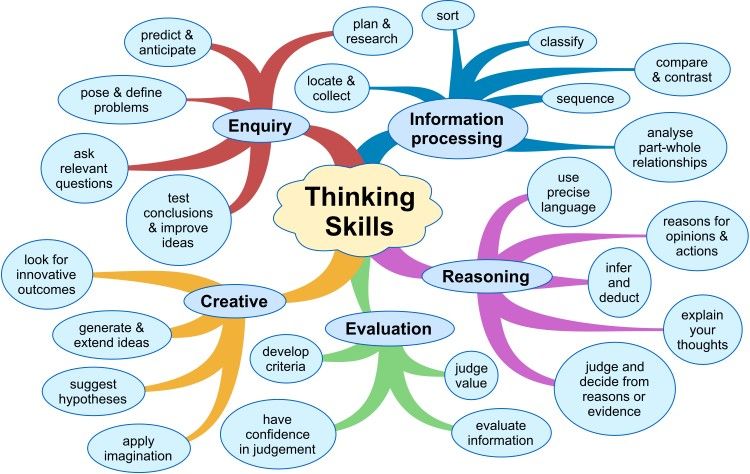 For preschool children, you can call the meetings "play together". However, it is important to be honest with your peer about your expectations. For example, he or she will have to follow your class schedule, will have to wait for the other child to respond, and this may take some time.
For preschool children, you can call the meetings "play together". However, it is important to be honest with your peer about your expectations. For example, he or she will have to follow your class schedule, will have to wait for the other child to respond, and this may take some time.
It may be worth considering rewarding not only for the autistic child, but also for the neurotypical peer. For example, a peer can earn some kind of valuable “prize” for him for helping another child well. Also remember that the structure of the meeting should be in the interests and preferences of both children - it should be a positive experience for everyone!
Some children, especially younger children, will need to practice playing games that your child has already mastered. Some children may seem tense at first, or they may become confused and not know what to do. Try to be patient and give your peer opportunities to relax and practice answers before moving on to something new. This may take some time, but remember that in the future, this child can become an important part of your child's education team and even his true friend.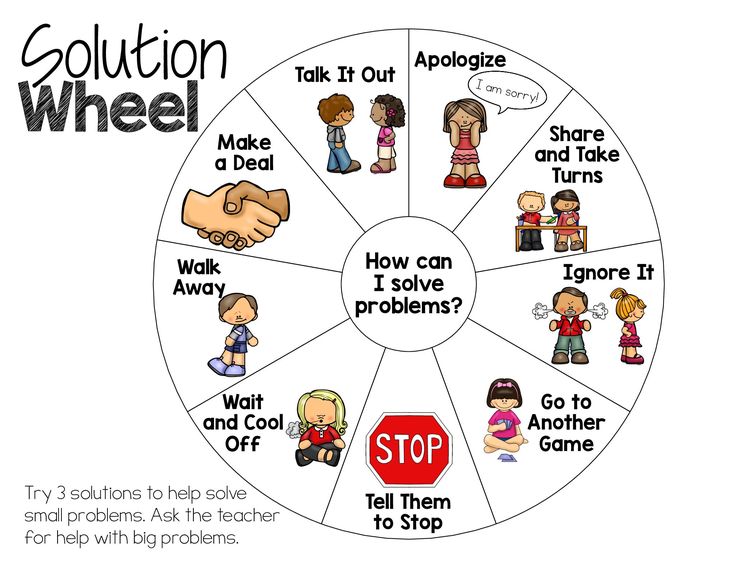
4. Use evidence-based learning methods
Once you've identified your learning goals and potential peers to play with, it's time to get started! However, it is important not to forget that social skills training, like any other, must be based on methods supported by scientific evidence.
These methods may look different depending on the structure of the meeting and the individual needs of the child. But in general, they must include:
- motivation system. For example, a board with tokens, which can then be exchanged for the coveted "prize";
- systematic prompts that will gradually decrease so that the child becomes independent. For example, you will first use the verbal prompt "Hello", and then, when you make sure that he greets the peer every time you prompt, you will begin to pause and delay the prompt to give the child the opportunity to say "Hello" himself;
- record objective data about the child's behavior during the meetings to assess his progress.
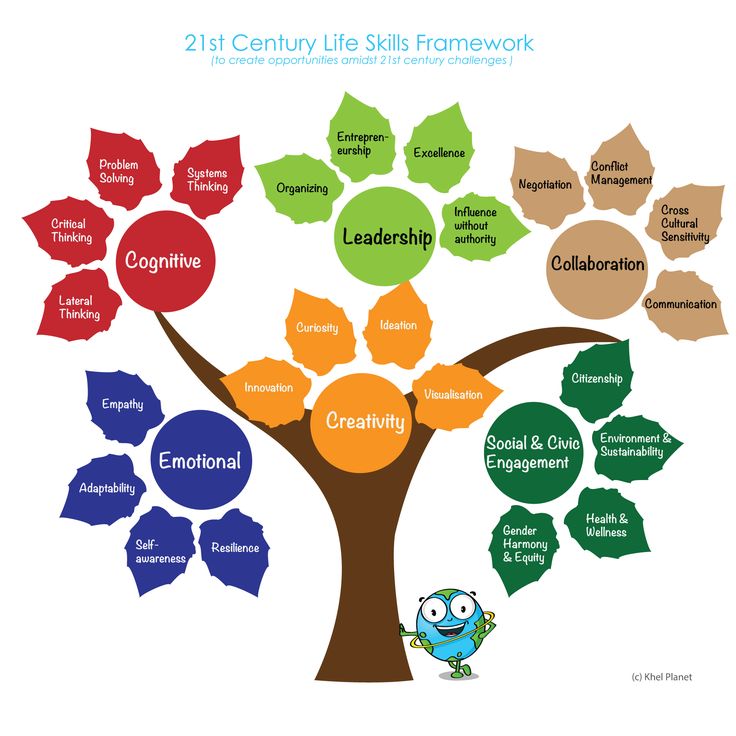
If what is written above causes you confusion and seems incomprehensible and complex, then you need to consult a behavior analyst or another specialist who is well-versed in applied behavior analysis. It's also a good idea to search the web for videos of others using similar techniques to teach social skills with peers. This will help you get a better idea of what such training looks like in practice and help improve the effectiveness of your training program.
5. Start with the minimum requirements
Make sure social skills classes are a positive experience for your child. Neither you, nor a neurotypical peer, nor an autistic child should be stressed by the plan. Working on a couple of simple goals is better than trying to master a whole list of social skills all at once.
Keep the first meetings with a peer very short. Try as much as possible and immediately prompt the child so that he feels more confident around a peer.
At first, keep rewards very high.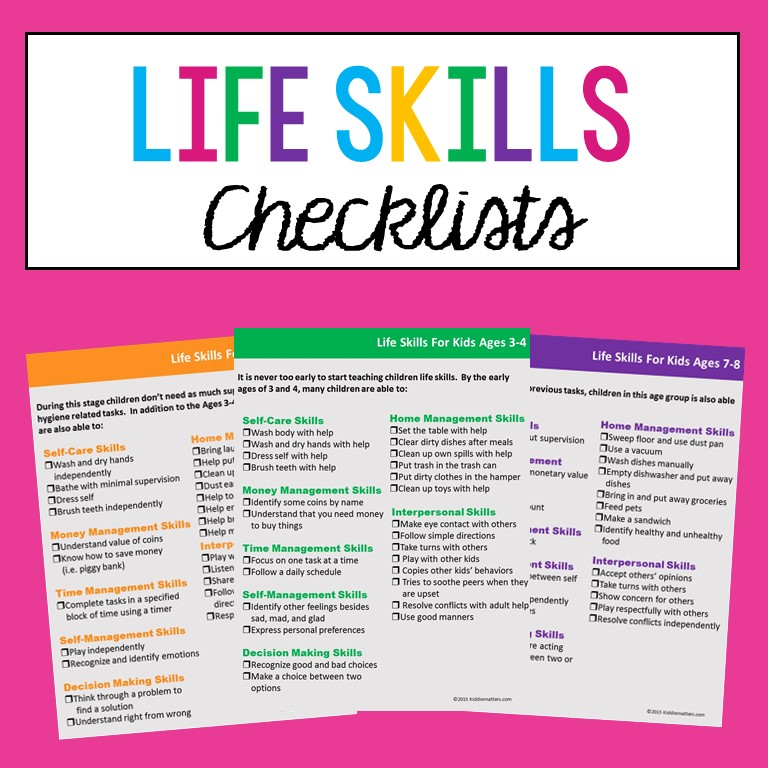 Only when the autistic child and peer are comfortable around each other, and their encounters are going well, can demands be increased followed by rewards.
Only when the autistic child and peer are comfortable around each other, and their encounters are going well, can demands be increased followed by rewards.
Be sure to stick to the “best in the end” rule. It is important that both children part on a positive note. Plan something very enjoyable for both children at the end of the meeting, such as a computer game or ice cream.
6. Increase social motivation through preferred activities
It is important to monitor the motivation of both children. Remember that motivation is the key to effective learning for your child. An autistic child will not ask his peers to play with him if he does not like to play with them.
One way to increase motivation is to provide choices. For example, this can be done using a "choice board" with cards for various activities and subjects. If motivation is still too low, think about a system of additional rewards.
Remember: communication should be fun! The joy of both children should be objectively noticeable (by smiles, laughter, involvement in classes).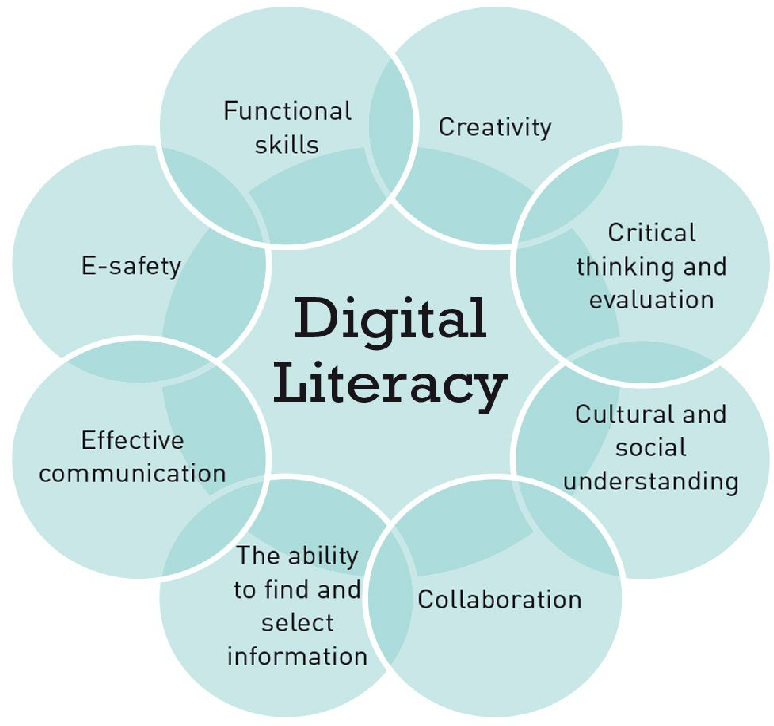 Otherwise, something needs to be changed.
Otherwise, something needs to be changed.
Stick to your plans and schedule, but use opportunities to change what isn't working. If you planned tagging, but the game didn't work out, then it's okay to say, "You know what? It's kind of awkward, right? Let's move on to what's next on the schedule." If the children agree, then move on. However, you should not make such decisions too often, otherwise it will turn out that your schedule does not make any sense. Instead of skipping class entirely, it's better to find a fun way to finish it sooner or pair it with something else fun or even delicious.
7. Try the reward system
Reward systems can take many different forms (tokens, stickers, points). Think about what motivated your child in the past. You can combine small pieces of his favorite treats to get tokens. And when the child collects all the tokens on the plate, he will be able to get something very desirable, for example, access to his favorite toy.
You can come up with different reward systems for two children.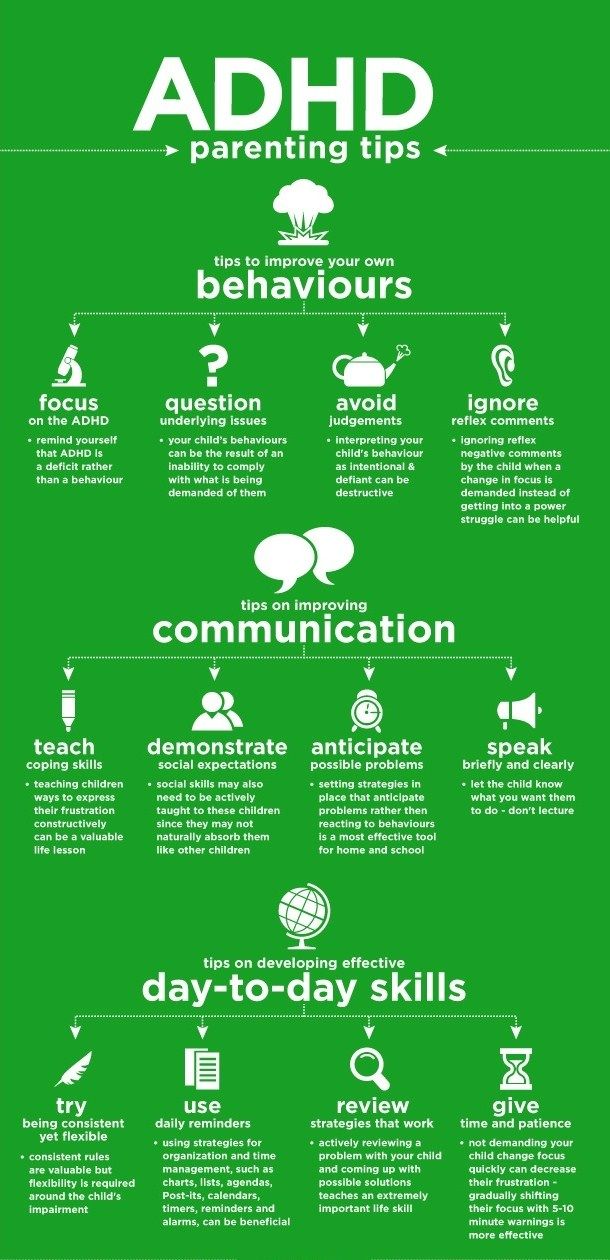 For example, one child collects tokens that can be exchanged for a prize, while another receives a nice sticker for a desired behavior.
For example, one child collects tokens that can be exchanged for a prize, while another receives a nice sticker for a desired behavior.
On the other hand, you can use a general reward system for all children: each child can receive a token or points for communication and desirable social behavior (waiting in line, compliments, sharing, etc.), and when all the tokens are collected, they will both receive a common reward.
Best of all, if some treats or games become "special" and can only be obtained during meetings with a peer. In this case, the child will have a higher motivation to earn them.
The reward need not be something edible or tangible. This can be a break on your own terms (a break in a place the child has chosen, or some activity alone for a few minutes to relieve the emotional stress of communication).
Communication with a peer, especially at first, can in principle require a lot from a child, so it is best to plan how the child can "take a break" during the meeting and how he can rest after it.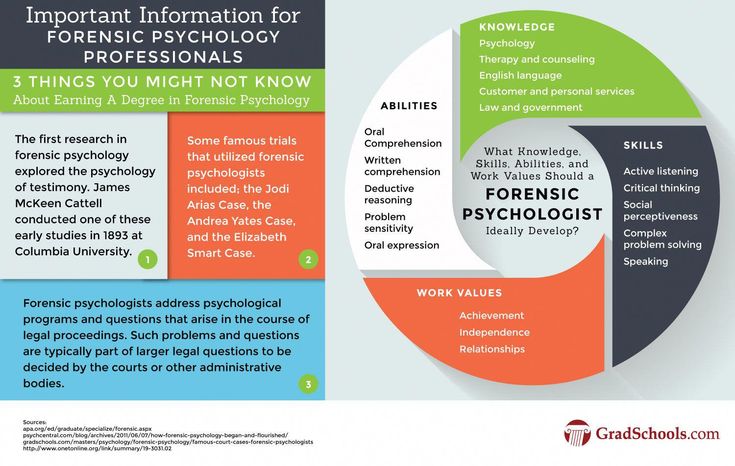 For example, it can be relaxing “sensory” activities, deep breathing exercises, and so on.
For example, it can be relaxing “sensory” activities, deep breathing exercises, and so on.
Keep in mind that communication itself may not be motivating for children at first, so adding additional rewards is completely normal. This will help both children to be involved in joint activities and cooperate better, and over time, communication itself can become an encouragement for them.
8. Plan how you will increase your child's independence: reduce prompts, decrease rewards, use visual timetables the child's skills will improve. Provide your child with a planned cue right away at first, and every time the child demonstrates the target skill, praise and reward them. But if the child consistently copes with the skill with a certain level of help, then you need to reduce this help in order to help him become more independent. Similarly, if the child has begun to easily demonstrate a skill, then it is possible to provide a reward only from time to time, and not every time. After all, the ultimate goal is for the child to be rewarded with games and conversations with a friend, and not at all your praise and rewards.
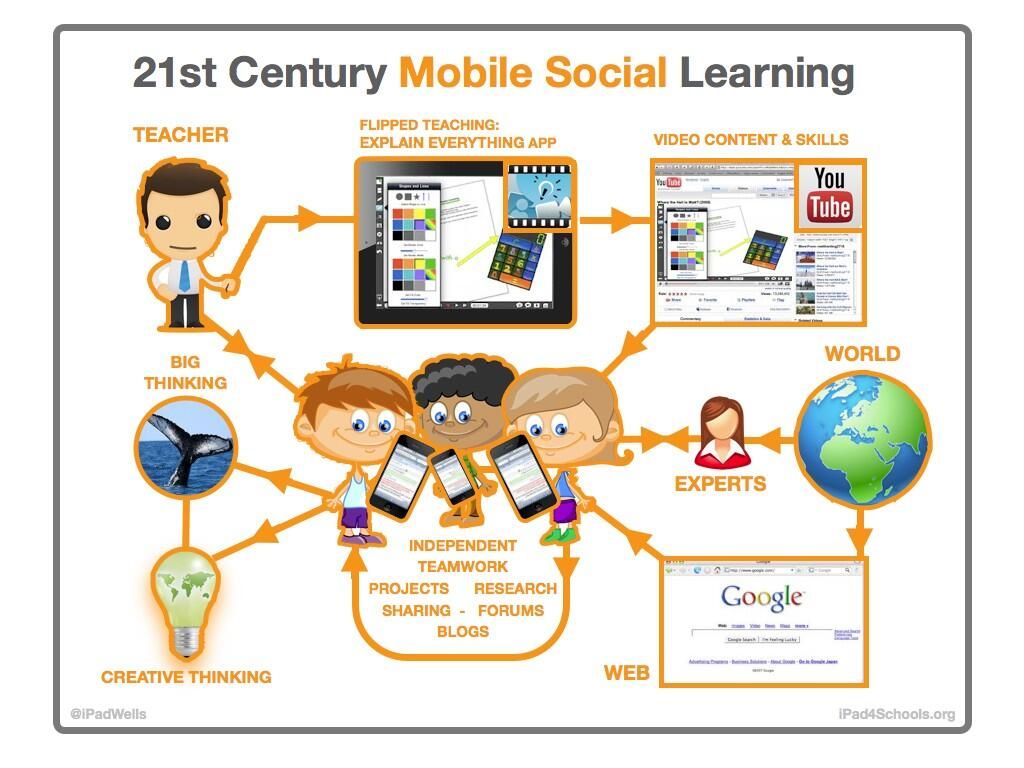
A clear structure for the social skills meeting will help the child to be more successful and effective in it. It is desirable that both children know in advance what awaits them, what will happen first and then, in what order. So it is advisable to make a class schedule with pictures or text (Hampshire & Hourcade, 2014).
An autistic child may also benefit from the text prompts included in the schedule. Or you can develop a complete scenario in which the child can practice communicating with a peer. As your child learns, you can gradually reduce and simplify the schedule so that meetings and communication become more natural.
9. Develop a plan for dealing with problem behaviors
If an autistic child has behaviors that could interfere with successful social skills practice, plan how you will respond to those behaviors and be sure to stick to your plan. Perhaps this is a behavioral plan that has already been developed for the child in other settings. It is very important to discuss with your team, family members and counselor, and anyone who may be involved in the training, the implementation of the plan.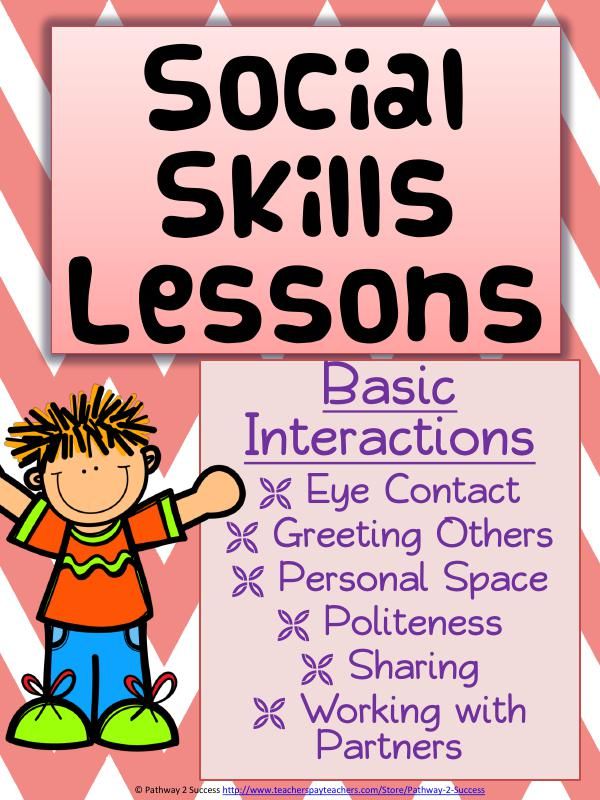 It is important that everyone around the child responds to problem behavior in the same way.
It is important that everyone around the child responds to problem behavior in the same way.
The plan may include strategies to prevent problem behaviors, such as limiting the duration of the peer meeting, using visual support (such as the visual schedule discussed above), regular short breaks, frequent rewards, minimizing activities that may cause frustration.
10. Collect data to measure progress
Gathering data on your child's target skills (which you identified at the beginning) during social skills sessions is key to further progress (Barton & Pavilanis, 2012). This will help you set new goals, evaluate changes objectively, and change your teaching methods if progress has stalled. For example, if a child doesn't say "Hi" to a peer after several encounters, then you may need to increase rewards, increase prompts (such as providing a verbal model for greeting), or consult with a specialist about what else can be done.
The following is an example of what it might look like to collect data to measure a child's progress during a single social skills session.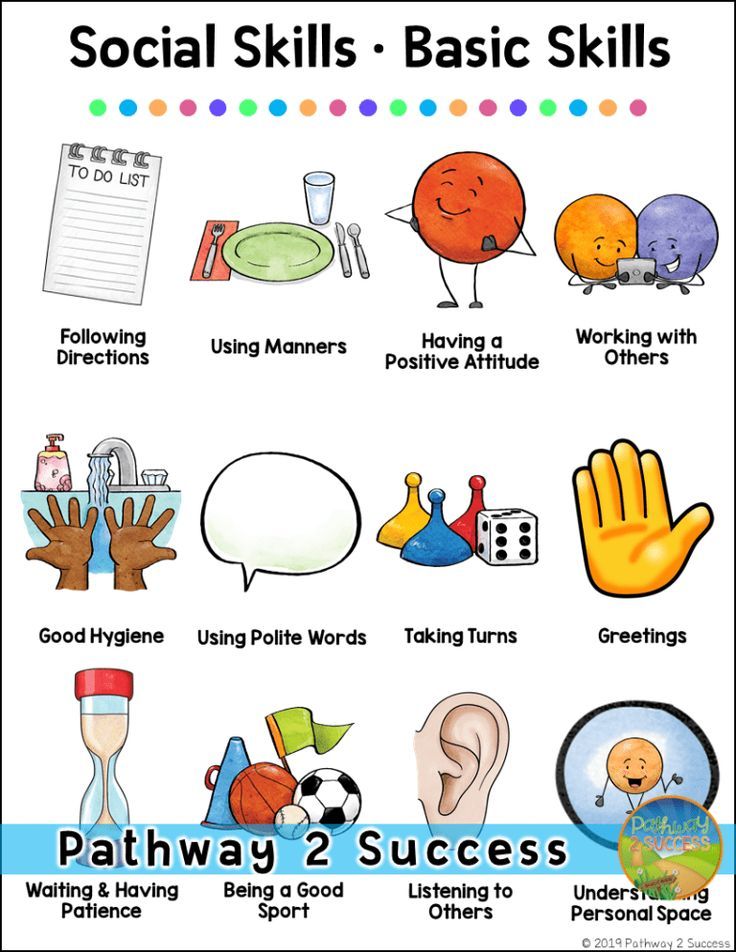 The skills you teach and the data you collect can vary greatly depending on your child's individual needs and abilities (Lostan, 2022).
The skills you teach and the data you collect can vary greatly depending on your child's individual needs and abilities (Lostan, 2022).
Meeting Data for Leo Games
Date: 01/25/2020
Peer: Carter
Peer Greeting Goal: Leo will say "Hello, (name of peer)" for 5 seconds after he sees a peer.
+ 1/1 = 100%
Goal "Answer when peer calls his name": Leo will turn and look at his peer for 5 seconds after his peer calls his name.
+ - - + - 2/5 = 40%
Goal "Play with a peer on the tablet in turns": Leo will set a timer for 2 minutes; play on the tablet until the timer signal sounds; say “Your turn” and give the tablet to a peer; sit and wait 2 minutes without interfering with a peer; say "My turn" when the timer sounds; wait for a peer to give him a tablet.
1. Set the timer +
2. Played on the tablet +
3. Stopped the timer +
4.